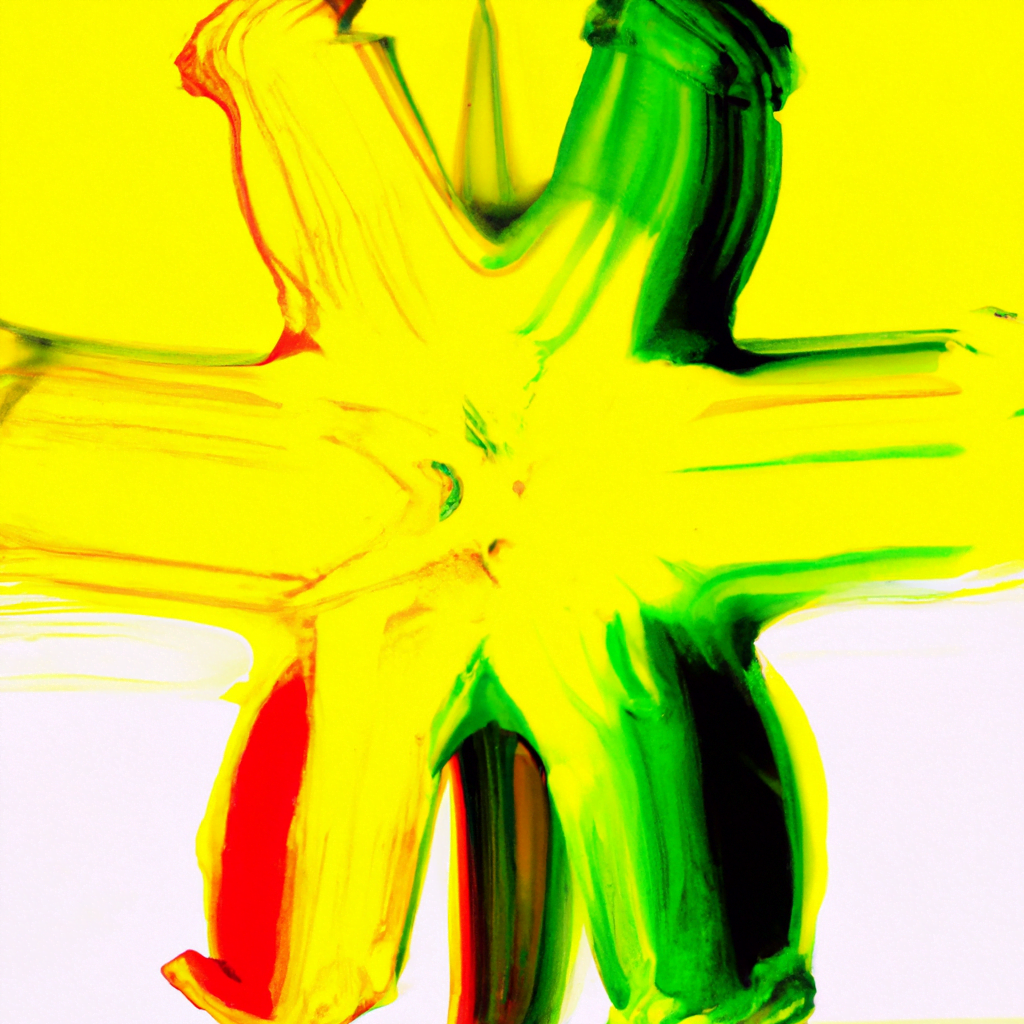Table of Contents
Exploring Organic Shapes in Design

Introduction
Design is an essential aspect of our daily lives, and it is everywhere we look. From the clothes we wear to the buildings we live in, design plays a crucial role in shaping our world. One of the most exciting design trends in recent years is the use of organic shapes. Organic shapes are free-flowing, irregular shapes that are inspired by nature. They are a departure from the rigid, geometric shapes that have dominated design for decades. In this article, we will explore the use of organic shapes in design and why they are becoming increasingly popular.
What are Organic Shapes?
Organic shapes are shapes that are found in nature. They are free-flowing, irregular, and asymmetrical. Unlike geometric shapes, which are precise and regular, organic shapes are unpredictable and unique. They can be found in everything from the curves of a leaf to the shape of a cloud. Organic shapes are often used in design to create a sense of movement, fluidity, and naturalness.
Why are Organic Shapes Popular in Design?
Organic shapes have become increasingly popular in design in recent years. There are several reasons for this trend. First, organic shapes are more natural and less rigid than geometric shapes. They can create a sense of movement and flow that is difficult to achieve with straight lines and sharp angles. Second, organic shapes are more unique and less predictable than geometric shapes. They can add a sense of personality and individuality to a design. Finally, organic shapes are more relatable to people. We are surrounded by organic shapes in nature, and they can create a sense of comfort and familiarity in a design.
Examples of Organic Shapes in Design
Organic shapes can be found in a wide range of design applications. Here are some examples:
- Product design: Many products, such as furniture and home decor, use organic shapes to create a sense of naturalness and comfort.
- Architecture: Organic shapes can be found in the design of buildings, such as the Guggenheim Museum in Bilbao, Spain, which features a free-flowing, organic shape.
- Graphic design: Organic shapes can be used in graphic design to create unique and eye-catching designs, such as the logo for the World Wildlife Fund.
- Fashion design: Organic shapes can be found in fashion design, such as the flowing, asymmetrical shapes of a bohemian-style dress.
Case Study: Apple
Apple is a company that has embraced organic shapes in its design. From the curves of the iPhone to the flowing lines of the MacBook, Apple’s products are known for their natural, organic shapes. This design philosophy has helped to create a sense of comfort and familiarity with Apple’s products. It has also helped to differentiate Apple’s products from its competitors, which often use more rigid, geometric shapes.
Statistics on the Use of Organic Shapes in Design
According to a survey by Adobe, 66% of designers believe that organic shapes will be a significant design trend in 2021. This trend is driven by a desire for more natural and less rigid designs. Additionally, 57% of designers believe that organic shapes can help to create a sense of movement and flow in a design.
Conclusion
Organic shapes are a design trend that is here to stay. They offer a unique and natural alternative to the rigid, geometric shapes that have dominated design for decades. Organic shapes can create a sense of movement, flow, and naturalness in a design. They can also add a sense of personality and individuality to a design. As we move into the future, we can expect to see more and more designers embracing organic shapes in their work.


